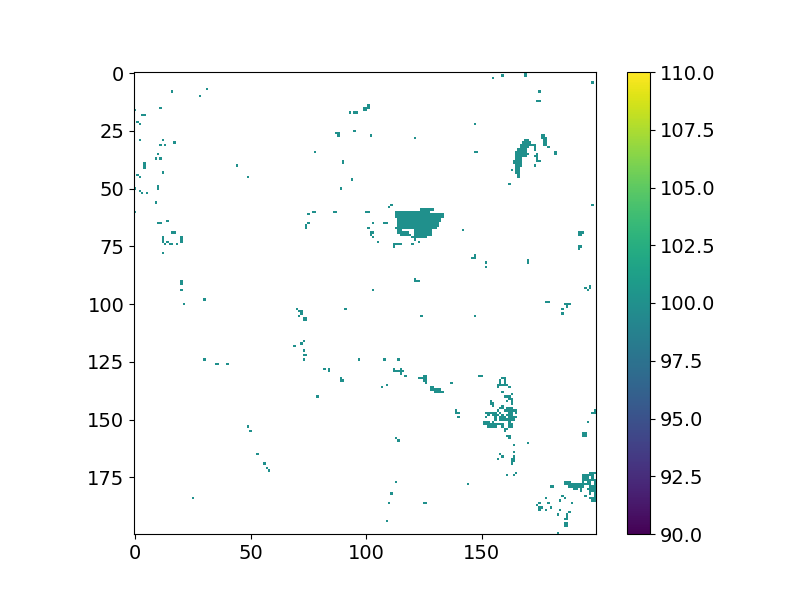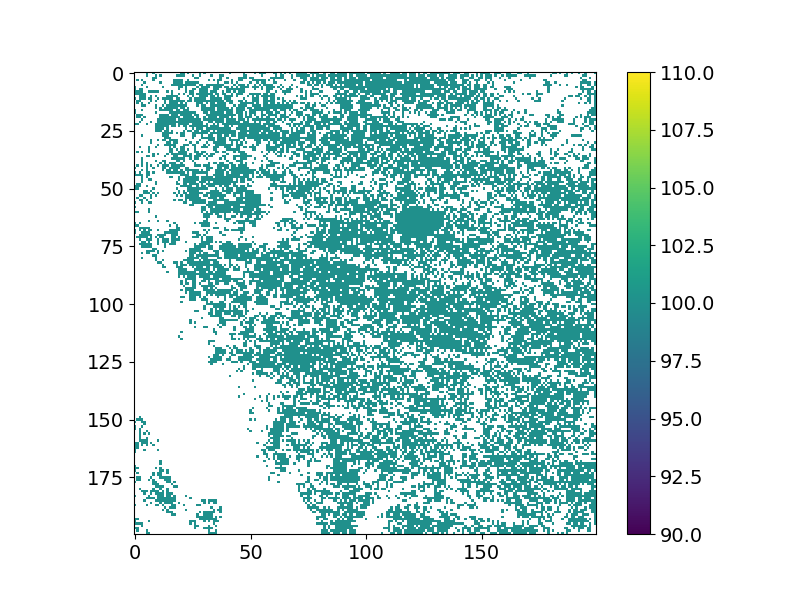I am a Computer Science and Mathematics major with interest in data analytics, big data, image processing/analysis (of remote sensing, satellite images, medical images, etc), high performance computing (accelerators, MPI, OpenMP, Python), mathematical modeling, and numerical optimization.
I hold a Ph.D. from the Arizona State University in applied mathematics. My thesis focused on 'High Order Methods for Edge Detection and Applications'. I subsequently taught at Michigan State University and University of California, San Diego while pursuring research in molecular surface reconstruction as postdoctorate and visiting researcher repectively.
My current appointment is at Virginia Tech, Blacksburg. My research is in the area of land usage and trend detection from satellite images and is a collaboration between Forest Resources and Enviormental Conservation and the Department of Computer Science both at Virginia Tech.


